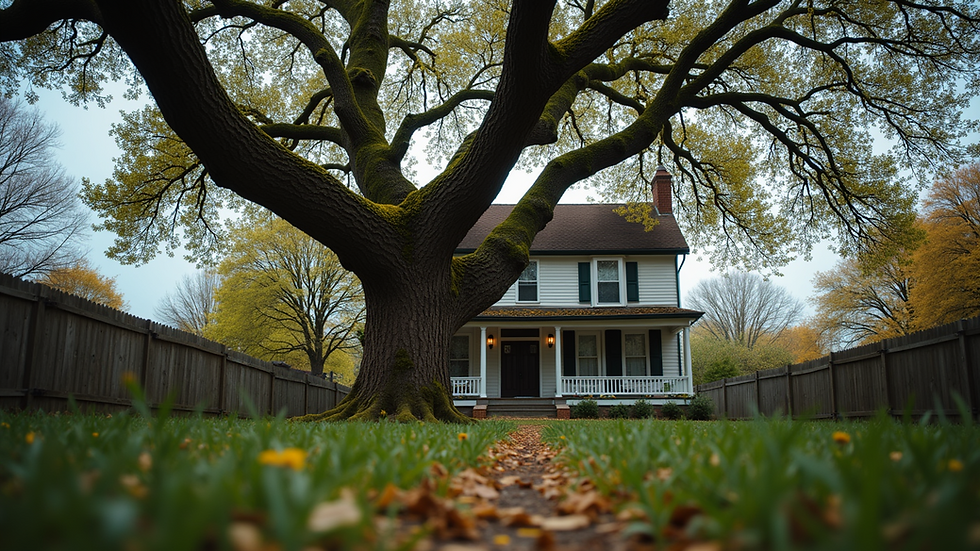The History of Christmas Trees
- Michael Shults
- Dec 23, 2024
- 3 min read

The Christmas tree, a cherished symbol of the holiday season, has a fascinating history that spans centuries and continents. While today it graces homes with twinkling lights and ornaments, its origins are rooted in ancient traditions and practices that predate Christianity.
Ancient Beginnings: Evergreen Symbolism
The use of evergreens during winter predates the Christmas tree as we know it. In ancient times, many cultures revered evergreen plants for their ability to remain green throughout the harsh winter months. To these civilizations, evergreens symbolized eternal life and resilience.
Egyptians: During the winter solstice, ancient Egyptians filled their homes with green palm rushes to honor Ra, the sun god, as a symbol of life's triumph over death.
Romans: The Romans celebrated Saturnalia, a festival honoring Saturn, the god of agriculture, by decorating their homes with evergreen boughs to mark the return of longer days.
Druids and Vikings: In Northern Europe, Druids and Vikings revered evergreens as a reminder of the life-giving forces of nature during the darkest days of the year.
The Advent of Christmas Trees in Christianity
The transformation of evergreens into Christmas trees began in the medieval period. By the 16th century, Christians in Germany had started bringing evergreen trees into their homes to celebrate the birth of Christ.
Paradise Trees: In medieval Germany, December 24th was celebrated as Adam and Eve’s Day. People would decorate "paradise trees" with apples to represent the Garden of Eden.
Martin Luther: Legend credits the Protestant reformer Martin Luther with adding lighted candles to a tree. Inspired by the beauty of stars shining through the forest, Luther is said to have recreated the scene with a decorated tree in his home.
Spread Across Europe and Beyond
The custom of decorating Christmas trees spread across Europe and was embraced by different cultures, each adding their unique touch. By the 18th century, the tradition had reached England and other parts of the continent.
Victorian England: The Christmas tree gained widespread popularity in England during Queen Victoria’s reign. Her husband, Prince Albert, introduced the German tradition to the British royal family, and an illustration of their decorated tree in Windsor Castle helped popularize the practice among the public.
United States: German settlers brought the Christmas tree tradition to America in the 18th and 19th centuries. By the 1850s, the practice was firmly established, particularly after the influential depiction of Queen Victoria’s tree reached American audiences.
Modern Christmas Trees
Today, the Christmas tree is a central feature of holiday celebrations worldwide. It has evolved from its humble beginnings to a canvas for personal expression and creativity.
Ornaments and Lights: Early decorations included candles, nuts, fruits, and paper flowers. Modern trees feature electric lights, glass baubles, tinsel, and family heirlooms.
Artificial Trees: First introduced in the late 19th century, artificial trees have grown in popularity for their convenience and variety.
Cultural Variations: In countries like Japan and China, where Christmas is not a traditional holiday, Christmas trees are often used as secular decorations during the winter season.
Conclusion
The history of Christmas trees is a story of adaptation and enduring significance. From ancient evergreen boughs symbolizing hope during dark winters to the dazzling, ornament-laden trees of today, this tradition reflects humanity’s creativity and longing for connection. Each Christmas tree, no matter how it is adorned, carries a legacy of celebration, unity, and the timeless spirit of the season.






Comments